Regulatory Support
Regulatory support is a vital driver influencing the Lactic And Poly Lactic Acid Market. Governments worldwide are implementing policies that promote the use of biodegradable materials, thereby creating a favorable environment for lactic acid products. Initiatives aimed at reducing plastic waste and encouraging sustainable practices are gaining traction, leading to increased investments in lactic acid production. Market data indicates that regions with stringent environmental regulations are witnessing a faster adoption of lactic acid-based products, with growth rates surpassing 12% in these areas. This regulatory landscape not only incentivizes manufacturers to innovate but also enhances consumer acceptance of lactic acid products. Consequently, the Lactic And Poly Lactic Acid Market is positioned to benefit from these supportive measures, driving further expansion and market penetration.
Sustainability Focus
The increasing emphasis on sustainability is a pivotal driver for the Lactic And Poly Lactic Acid Market. As consumers and industries alike become more environmentally conscious, the demand for biodegradable and renewable materials rises. Lactic acid, derived from renewable resources, offers a sustainable alternative to petroleum-based plastics. This shift is reflected in market data, indicating that the lactic acid market is projected to grow at a compound annual growth rate of approximately 15% over the next five years. Companies are increasingly investing in lactic acid production technologies that minimize environmental impact, thereby enhancing their market position. The Lactic And Poly Lactic Acid Market is thus witnessing a surge in demand for products that align with eco-friendly practices, which could potentially reshape manufacturing processes across various sectors.
Rising Demand in Packaging
The rising demand in the packaging sector is a prominent driver for the Lactic And Poly Lactic Acid Market. As consumers increasingly prefer sustainable packaging solutions, lactic acid-based materials are gaining popularity due to their biodegradability and compostability. Market data suggests that the demand for biodegradable packaging is expected to grow at a rate of 14% annually, reflecting a shift in consumer preferences towards environmentally friendly options. This trend is prompting manufacturers to explore lactic acid as a viable alternative to traditional plastics. The Lactic And Poly Lactic Acid Market is thus experiencing heightened interest from packaging companies seeking to align with sustainability goals. This growing demand not only supports the expansion of lactic acid production but also encourages innovation in packaging design and functionality.
Technological Advancements
Technological advancements play a crucial role in propelling the Lactic And Poly Lactic Acid Market forward. Innovations in fermentation technology and polymerization processes have significantly improved the efficiency and cost-effectiveness of lactic acid production. For instance, the development of genetically modified microorganisms has enhanced yield rates, making lactic acid more accessible for various applications. Market data suggests that the introduction of advanced production techniques could reduce costs by up to 20%, thereby increasing competitiveness in the market. Furthermore, ongoing research into new applications for lactic acid, such as in pharmaceuticals and food packaging, indicates a broadening scope for the Lactic And Poly Lactic Acid Market. These technological strides not only enhance product quality but also expand the potential market reach, fostering growth opportunities.
Customization of Applications
The customization of applications is emerging as a significant driver within the Lactic And Poly Lactic Acid Market. As industries seek tailored solutions to meet specific needs, the versatility of lactic acid becomes increasingly valuable. It is utilized in diverse sectors, including packaging, textiles, and biomedical applications, each requiring unique formulations. Market data reveals that the demand for customized lactic acid products is expected to rise, with a projected increase of 10% in specialized applications over the next few years. This trend encourages manufacturers to innovate and develop bespoke solutions, thereby enhancing their competitive edge. The Lactic And Poly Lactic Acid Market is thus adapting to these demands, fostering a landscape where customization is not merely an option but a necessity for sustained growth.


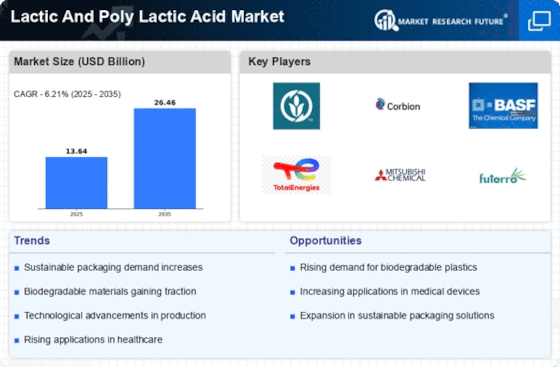
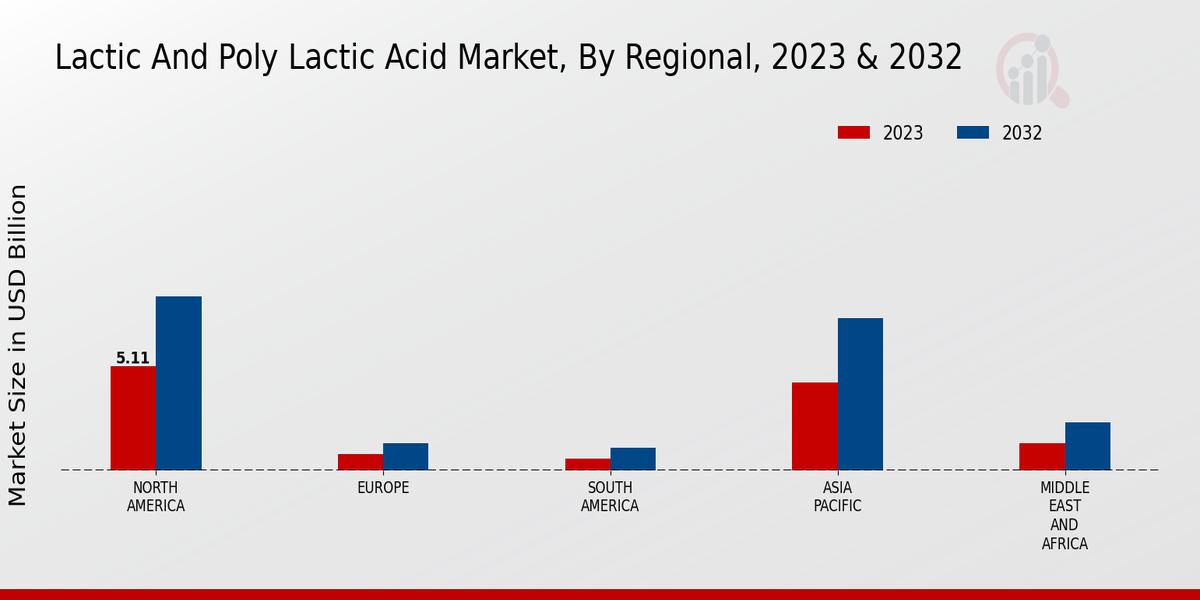

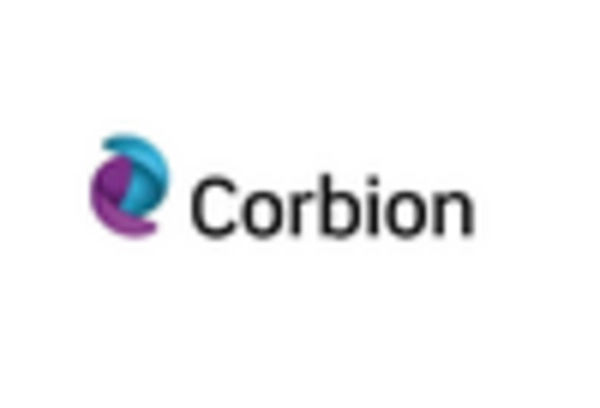
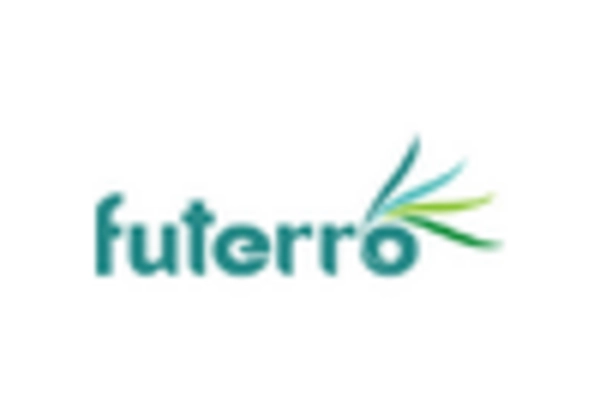

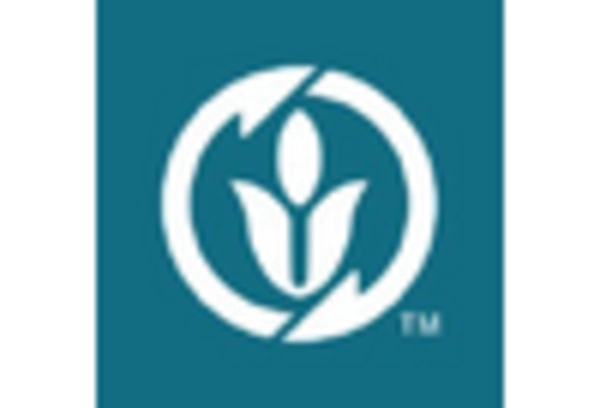
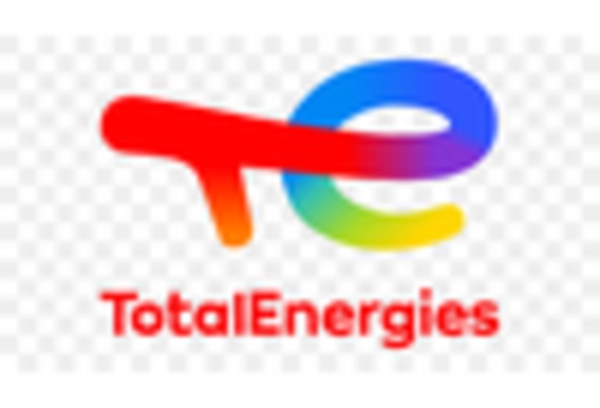








Leave a Comment